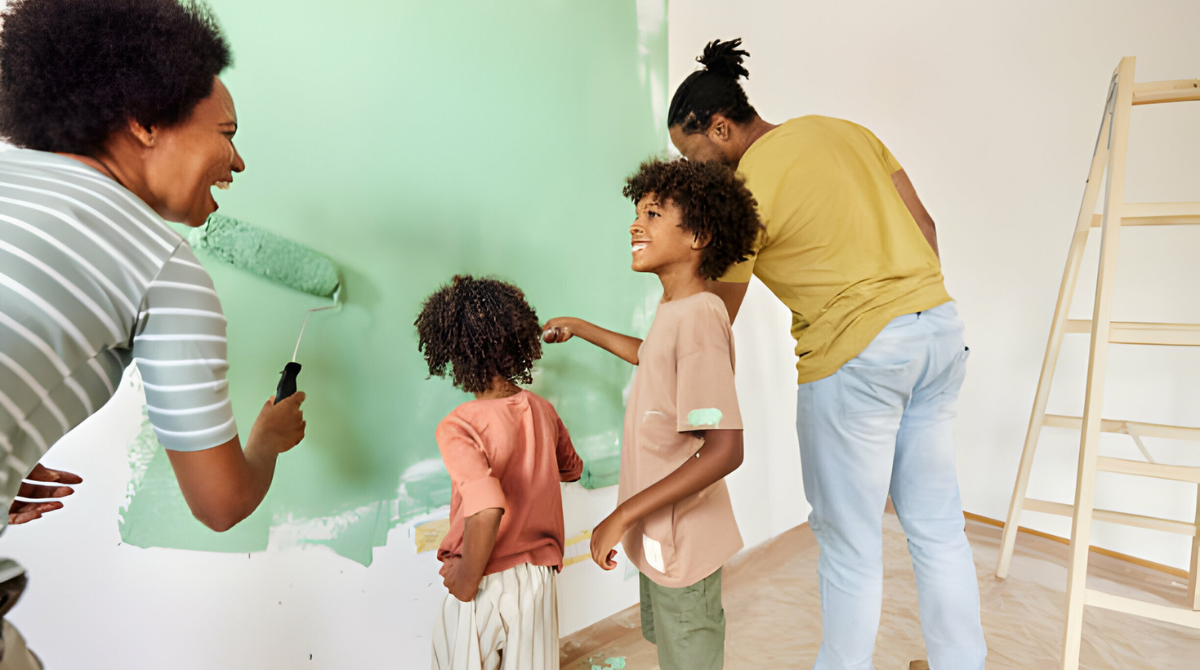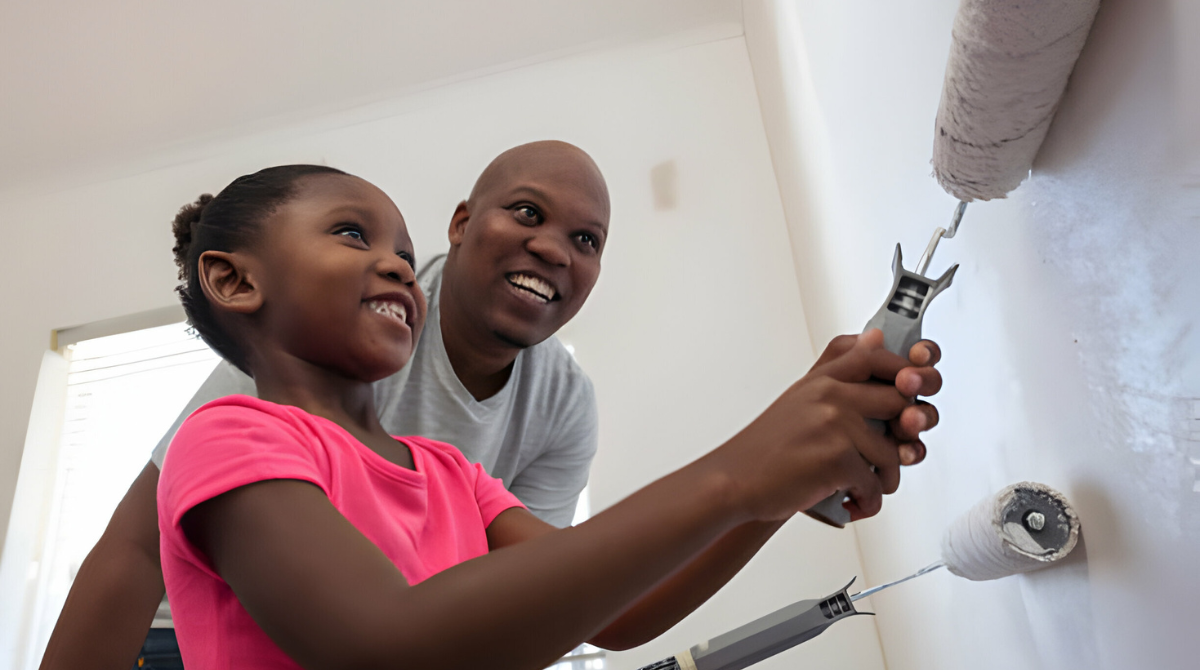
How Different Hues Affect Mood and Behavior
Introduction:
Colors may elicit a wide range of emotions and reactions; from the vivid hues of a sunset to the soothing tones of a quiet landscape, color is a strong instrument that profoundly influences our emotions, perceptions, and behavior.We will dive into the intriguing field of color psychology in this thorough guide, examining how various colors influence behavior and mood as well as how to use color to create spaces that energize, inspire, and elevate.
We encourage you to journey with us into the captivating world of colors, design, and the art of transformation in this colorful corner of the internet, where every hue tells a story and every shade opens up a world of possibilities
The Impact of Warm Colors
Warm colors, which include reds, oranges, and yellows, are said to arouse sentiments of passion, enthusiasm, and optimism in addition to stimulating the senses. Warm colors are also linked to vitality, warmth, and excitement.Warm colors help create a lively and inviting atmosphere in spaces like dining rooms, kitchens, and social gathering areas where you want to create a sense of warmth and activity. But, you should use warm colors sparingly because too much of them can be overpowering or upsetting.

The Calming Impact of Cool Colors
Cool colors like blues, greens, and purples are known for their calming and soothing properties. These hues are often associated with tranquility, relaxation, and stability. Cool colors can help create a peaceful and harmonious environment in areas where you want to encourage calm and serenity, like bedrooms, bathrooms, or meditation areas. Cool colors are also frequently used in healthcare settings to create a sense of comfort and promote healing.
- Take Lighting into Account
- Try Out Some Color Samples
- Establishing Harmony and Balance
- Additions Benefit of Service
- Coordinate with Existing Elements
The Influence of Neutral Colors
Neutral colors such as whites, grays, and beiges serve as versatile backdrops that can complement virtually any color scheme. These hues are often associated with simplicity, sophistication, and timelessness. In environments where you want to create a sense of balance and neutrality, such as living rooms, offices, or gallery spaces, incorporating neutral colors can help create a clean and cohesive look. Additionally, neutral colors provide an excellent opportunity to experiment with pops of color through furnishings, accessories, and artwork.
Associations between Culture and Personality
Although many colors have universal connotations, our perceptions and reactions to other shades can also be shaped by personal experiences and cultural factors.As an illustration, the color red may represent danger or warning in one culture and success and prosperity in another. Our emotional reactions to colors can also be influenced by past events and emotions.When choosing colors for a room, it is important to take into account the cultural and personal connotations that could affect how people view and use the area.
The Significance of Environment and Context
Colors have psychological effects that are greatly influenced by the context in which they are employed. Lighting, texture, and surrounding colors can all have an impact on how we perceive and react to a particular hue. Bright red accent walls, for instance, can feel vibrant and stimulating in a well-lit room with neutral furnishings, but they can also appear aggressive or overwhelming in a poorly lit area with complex patterns. When adding color to your surroundings, think about how the chosen shade will blend with the other elements to produce the atmosphere and mood you want.
Using Color to Its Full Potential in Design
Color theory principles are frequently utilized by designers to develop harmonious color schemes that balance multiple hues and produce a coherent effect. Color plays a key part in interior and graphic design, where it is used to provoke specific emotions, express messages, and create visual appeal. Designers can deliberately use color in their designs to accomplish desired results by knowing the psychological affects of various colors. Color selections may have a big influence on how people see and engage with a design, whether it is for a website, a brand identity, or interior décor.
Using Color to Customize Your Environment
Your unique tastes and preferences are the most crucial factor to take into account when designing your house or other personal area. Play with color combinations and hues to create a room that feels motivating, cozy, and uniquely yours. Color psychology offers helpful insights into the impacts of various hues, but in the end, the colors you choose should represent your personality, style, and lifestyle. Having colors around you that uplift your mood is important, regardless of whether you like bright, strong hues or muted, soothing tones.
In summary
Understanding the principles of color psychology and how different hues affect mood and behavior can help you make informed decisions when choosing colors for your home, workspace, or any other environment. Color is a powerful tool that can evoke emotions, influence behavior, and transform spaces. Using the power of color to your advantage may help you design spaces that elevate, inspire, and invigorate people, whether your goals are to transmit a particular message or mood, encourage rest and calm, or foster warmth and excitement.

